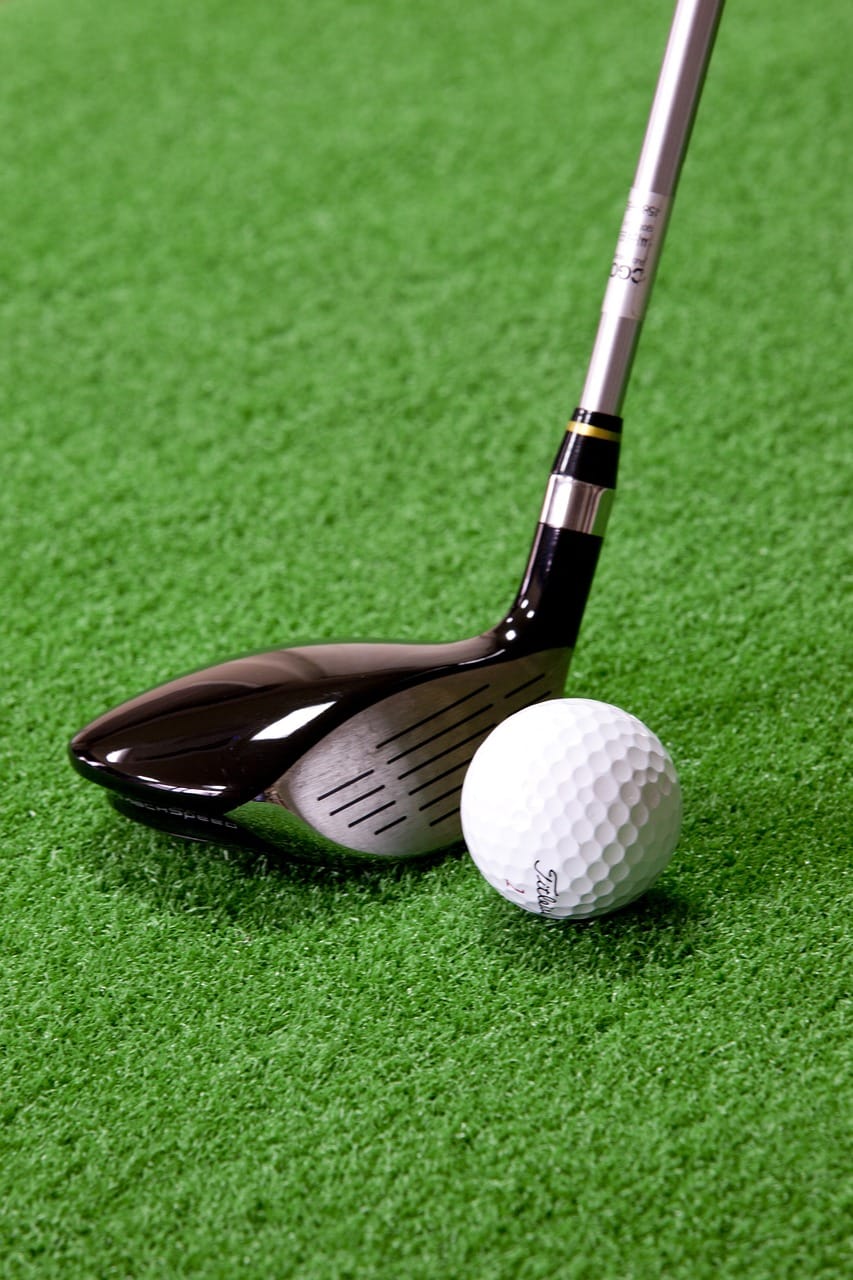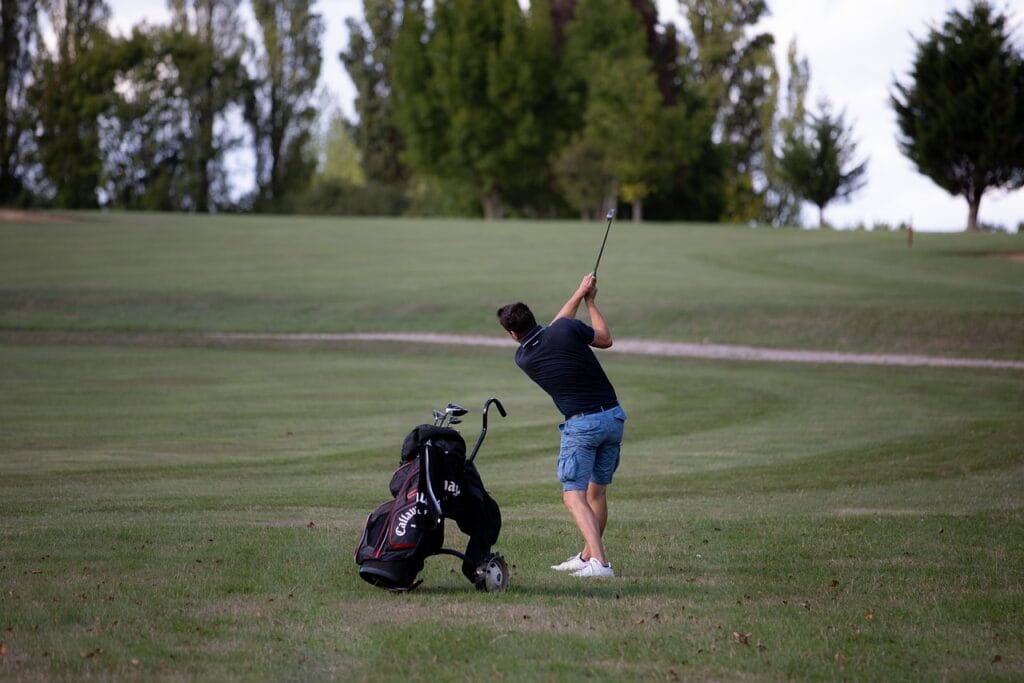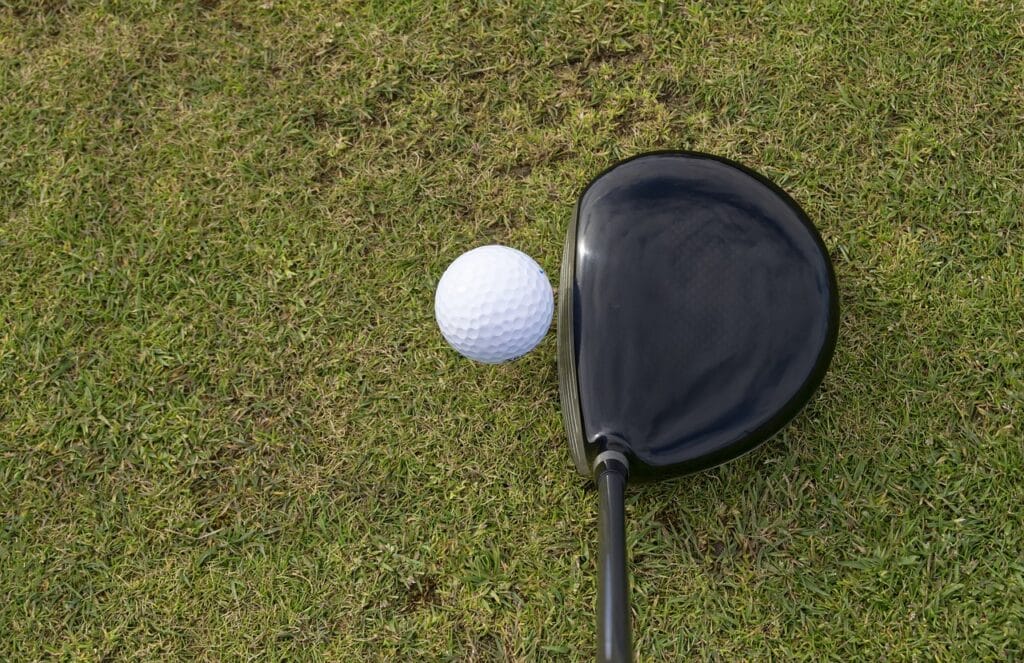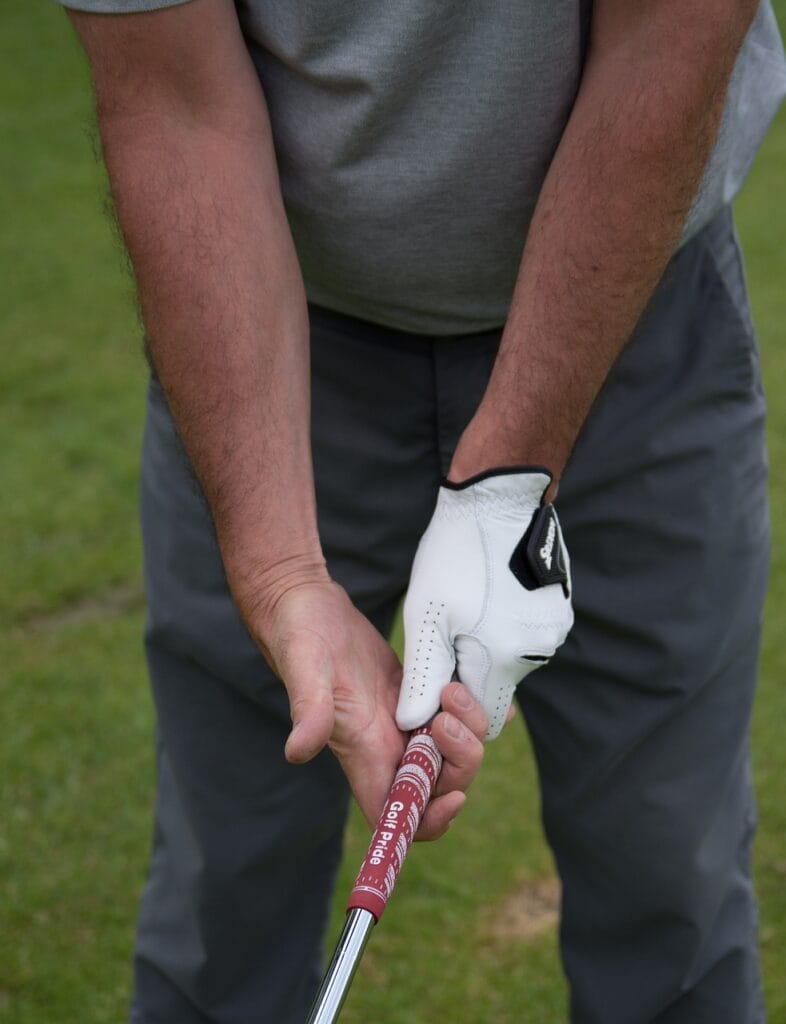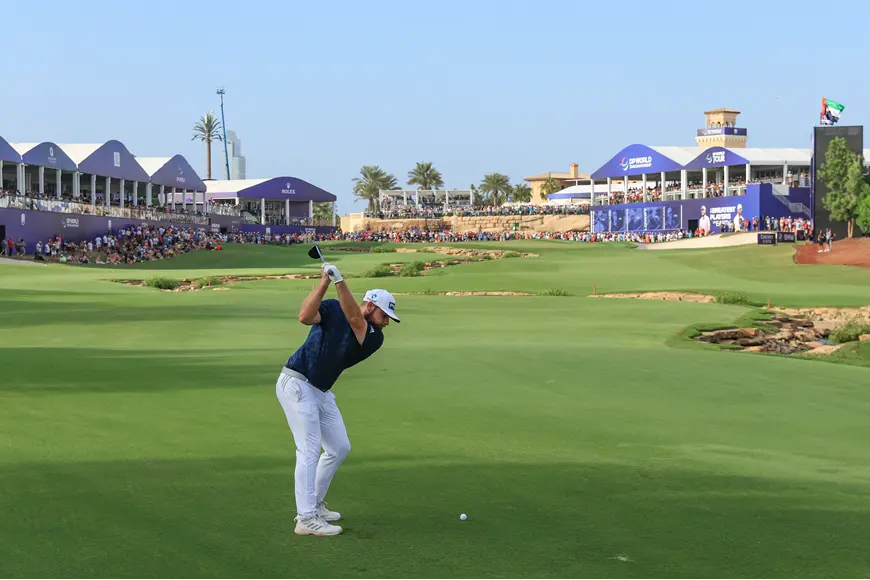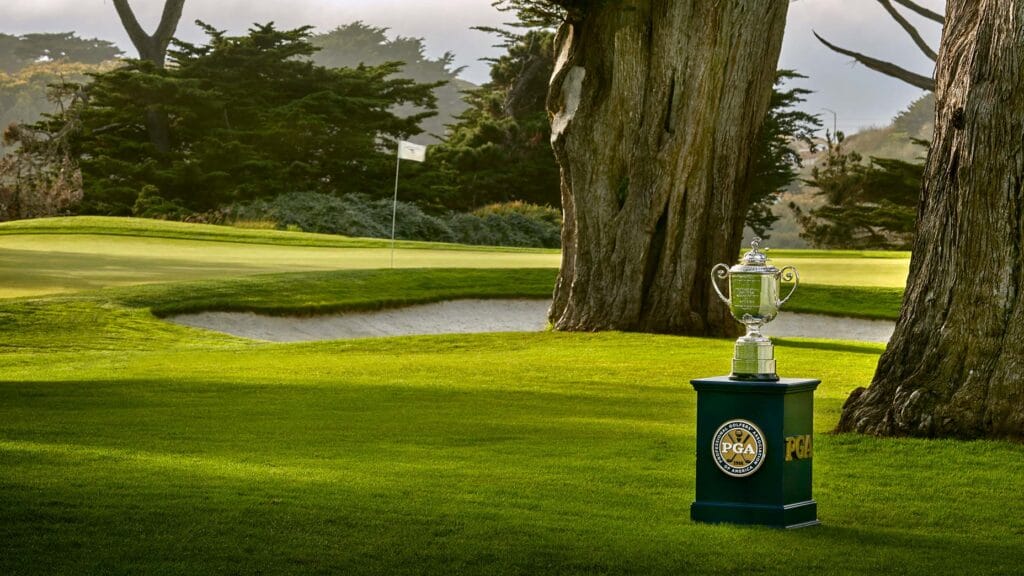Swing Speed Chart Overview
A swing speed chart is a tool that links your swing speed to the approximate distance your ball will travel with various clubs, particularly the driver. These charts are essential for players wanting to improve distance and accuracy. Below is an example of what a general swing speed chart might look like:
| Swing Speed (mph) | Driver Distance (yards) | 3-Iron Distance (yards) | 5-Iron Distance (yards) |
|---|
| 70 mph | 180 | 150 | 135 |
| 80 mph | 210 | 165 | 150 |
| 90 mph | 240 | 185 | 165 |
| 100 mph | 270 | 200 | 175 |
| 110+ mph | 300+ | 215+ | 190+ |
How to Use a Swing Speed Chart
- Identify Your Swing Speed: Use a radar device or visit a golf store to measure your swing speed.
- Find the Matching Distance: Use a swing speed chart to predict the distance for each club. This will help you choose the right club on the course.
- Optimize Your Ball and Equipment: Select golf balls designed for your swing speed range. For example, balls designed for high-speed swings might be too hard for slower swing speeds.
Swing Speed vs. Ball Type
Choosing the right golf ball based on your swing speed is a critical, yet often overlooked, factor in optimizing your game. Not all golf balls are created equally, and different swing speeds benefit from different ball compositions.

For High Swing Speeds
Players with high swing speeds (typically above 100 mph) should look for low-compression, high-density golf balls. These balls usually have a firmer outer shell and lower compression, which means they transfer energy more efficiently upon impact, translating the power from your swing into distance. The harder shell also helps control spin at higher swing speeds, especially off the driver, leading to more predictable ball flight and added roll after landing which will help with analyzing the swing speed chart.
Example: Golf balls like the Titleist Pro V1x or Bridgestone Tour B X are designed with low-compression cores and firmer covers to match the needs of high-swing-speed golfers. They offer less spin on long shots, which helps with distance, while still providing the necessary spin and control for short game shots.
For Moderate to Low Swing Speeds
On the other hand, golfers with moderate or lower swing speeds(below 90 mph) benefit more from higher-compression, softer balls. These balls compress more upon impact, allowing them to “give” a bit, which maximizes the energy transfer even at slower swing speeds. The increased compression leads to greater carry and distance, helping golfers with lower swing speeds get the most out of their shots.
Example: Balls like the Callaway Supersoft or Bridgestone e6 Soft are great choices for players with slower swings. They provide more lift and help the ball stay in the air longer, maximizing carry and making it easier to achieve good distance even without an explosive swing.

Matching Ball Type to Your Game
Choosing the right ball is all about balancing distance and control. High-swing-speed players may want to focus on lower compression balls to keep their drives long and controlled, while lower-swing-speed golfers should prioritize balls that help generate as much distance as possible. Manufacturers often label golf balls with recommended swing speeds, making it easy to find a ball suited to your specific needs.
Using the wrong ball for your swing speed can result in lost distance, decreased control, and less consistency overall. That’s why consulting a swing speed chart to match the ideal ball for your swing can dramatically improve your performance on the course.
Tips for Increasing Swing Speed
If you’re looking to increase your swing speed and add more power to your game, a comprehensive approach involving strength training, flexibility exercises, swing mechanics, and focused practice is key. Here are detailed tips and drills that will help you get there:
1. Strength and Flexibility Training
A powerful golf swing requires strength, particularly in the core, legs, and upper body. Flexibility, especially in the shoulders, hips, and back, is also crucial for maintaining a full range of motion. Incorporating a balanced routine that includes both strength and flexibility exercises will help increase swing speed over time.

Core Strengthening Drills:
- Planks: Strengthen your core and build the stability needed for a strong swing.
- Russian Twists: This rotational exercise improves core and oblique strength, which directly correlates with power during the backswing and follow-through.
- Medicine Ball Rotational Throws: Using a medicine ball, rotate and throw it against a wall or to a partner. This mimics the rotational motion of a swing, building explosive power in your core.
Flexibility Exercises:
- Torso Rotations: Use a golf club behind your back, across your shoulders, and gently rotate from side to side to increase flexibility in the upper body and improve your ability to rotate through the ball.
- Hip Flexor Stretches: Improving hip mobility is key for generating rotational power. Perform lunges or hip stretches to open up the hips and allow for a smoother turn.
- Shoulder Stretching with Resistance Bands: Use resistance bands to stretch and strengthen your shoulders, which helps with control and extension through the swing.
2. Swing Mechanics
Fine-tuning your swing mechanics can lead to significant improvements in swing speed. Many players unknowingly leave power on the table due to inefficient movements or poor swing techniques. Working with a coach or using a launch monitor to analyze your swing can help identify areas where you can make adjustments.
Key Mechanics to Focus On:
- Wrist Hinge: One of the most common errors is improper wrist hinge during the backswing. By maintaining a strong wrist hinge and releasing it at the right moment, you can create a faster clubhead speed.
- Hip Rotation: Proper hip rotation allows for a smoother transfer of energy from your lower body to your arms. Focus on leading with your hips during the downswing for a more powerful rotation.
- Weight Transfer: Ensure you’re shifting your weight properly from your back foot to your front foot during the swing. This will help you generate more speed and power.
Drills to Improve Swing Mechanics:
- Swinging with a Weighted Club: Use a slightly heavier club to practice your swing. This drill helps you build strength while also encouraging better control and tempo. Once you switch back to your regular club, it will feel lighter, and you’ll likely notice an increase in speed.
- Lag Drill: Practice creating lag in your downswing by pausing at the top of your backswing and focusing on keeping your wrists hinged until the very last moment before impact. This delayed release can lead to higher swing speeds.

3. Focused Practice
Like any skill in golf, increasing swing speed requires consistent and targeted practice. Rather than simply going to the driving range and swinging aimlessly, practice with a purpose, focusing specifically on increasing speed while maintaining control and accuracy.
Practice Drills for Speed:
- Speed Stick Training: Speed sticks are lightweight clubs specifically designed to help golfers build swing speed. Use them in sets of 10-15 swings, focusing purely on how fast you can swing without worrying about hitting a ball. Over time, this helps your muscles get used to swinging faster.
- Step Drill: This is an excellent drill for improving weight transfer and speed. Start by taking your regular stance, then as you begin your backswing, take a step forward with your front foot. This drill teaches you how to incorporate your lower body into your swing for more speed and power.
- Tee Drill: Place a tee in the ground without a ball and practice swinging to hit the tee at full speed. Focus on hearing a whoosh sound as the club passes the tee—this sound signifies you’re generating speed through impact.
4. Monitor and Track Your Progress
Consistently tracking your swing speed using a launch monitor or swing speed radar is crucial to measuring your progress. Set small goals, like increasing your swing speed by 2-3 mph over a month. By keeping an eye on your progress, you can identify what’s working and make necessary adjustments to your routine.
Incorporating these drills, exercises, and swing adjustments into your training regimen will help you develop greater swing speed, ultimately improving your distance and overall performance on the golf course.
Maximizing Performance with Swing Speed Knowledge
Understanding your swing speed and effectively utilizing a swing speed chart can be transformative for your golf game. Swing speed is more than just a number—it plays a central role in determining your potential for distance, accuracy, and club selection. By knowing your swing speed, you can tailor your equipment choices, such as selecting the right golf balls or clubs that complement your specific style and ability.
For players at every level, this information provides a clearer path toward improvement. Beginners can use swing speed data to fine-tune their mechanics, while experienced golfers can gain an edge by optimizing equipment based on real-time metrics. It’s also essential for players looking to track their progress, as small improvements in swing speed can significantly impact overall performance on the course.
Investing time in swing speed drills, strength and flexibility training, and equipment testing allows you to push your game to new heights. By focusing on increasing swing speed without sacrificing control, you will not only hit the ball further but also gain the confidence that comes from making more informed decisions about your equipment and technique.
In the world of golf, precision and knowledge are power, and understanding your swing speed opens up a realm of possibilities for customization and growth. Whether you aim to outdrive your competition or simply improve your consistency, mastering your swing speed is an indispensable step toward reaching your full potential as a golfer.

